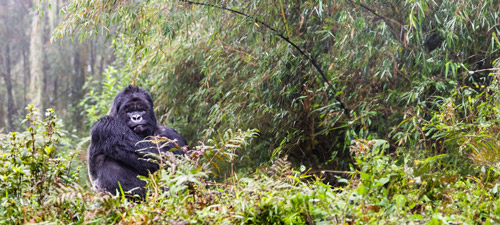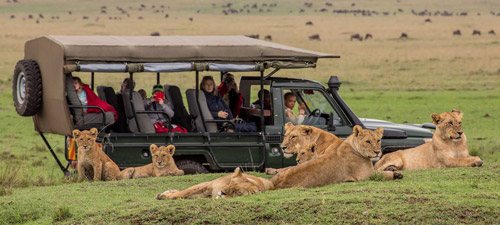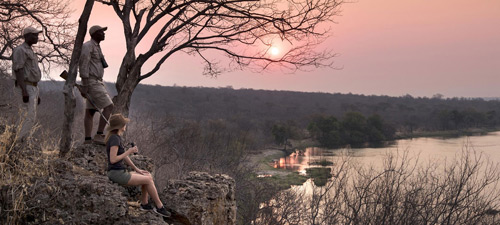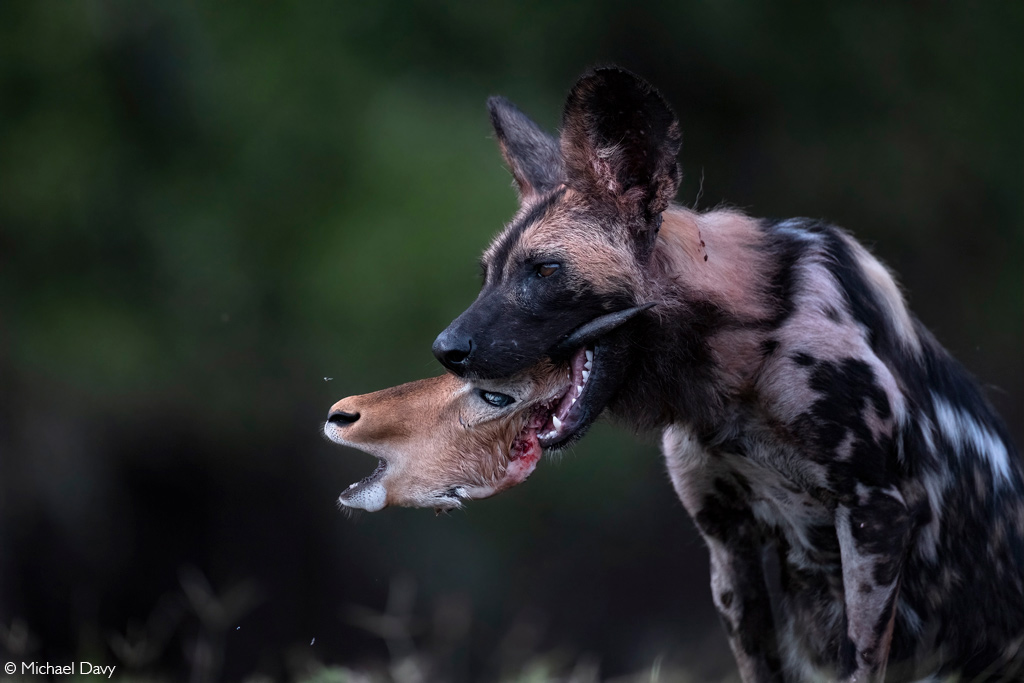 The African wild dog, a master of teamwork and hunting precision, faces a survival crisis that even its formidable skills can’t overcome. Once primarily threatened by competition with lions and hyenas, these endangered predators are now battling a more insidious foe: prey depletion caused by bush-meat poaching. A groundbreaking study reveals how dwindling prey populations are forcing wild dogs to expend unsustainable energy in their hunts, jeopardising their survival and reproduction. As conservationists race to restore balance, the future of these painted wolves hangs in the balance. René de Klerk reports
The African wild dog, a master of teamwork and hunting precision, faces a survival crisis that even its formidable skills can’t overcome. Once primarily threatened by competition with lions and hyenas, these endangered predators are now battling a more insidious foe: prey depletion caused by bush-meat poaching. A groundbreaking study reveals how dwindling prey populations are forcing wild dogs to expend unsustainable energy in their hunts, jeopardising their survival and reproduction. As conservationists race to restore balance, the future of these painted wolves hangs in the balance. René de Klerk reports
The African wild dog is among the most formidable predators roaming the African wilderness. These canines are renowned for their fierce hunting prowess. They can take down prey much bigger than themselves with unparalleled efficiency and speed. Working in well-coordinated packs, they quickly overwhelm their victim, a lesson in teamwork and strategic precision.
However, their numbers are dwindling despite their ability to hunt so successfully. African wild dogs, also known as painted wolves, are among the world’s most endangered large carnivores. Only around 6,000 remain in the wild, and they are listed as Endangered on the IUCN Red List of Threatened Species. Their survival is a critical conservation concern.
In the past, the presence of spotted hyenas and lions was the main contributing factor that would limit wild dog numbers. Weighing in at a mere 20–25 kilograms, wild dogs are dwarfed by their larger competitors. They stand at less than half the size of a spotted hyena and only a fifth the stature of a lioness, giving them a distinct disadvantage. Wild dogs often have to surrender their hard-earned meals to hyenas.
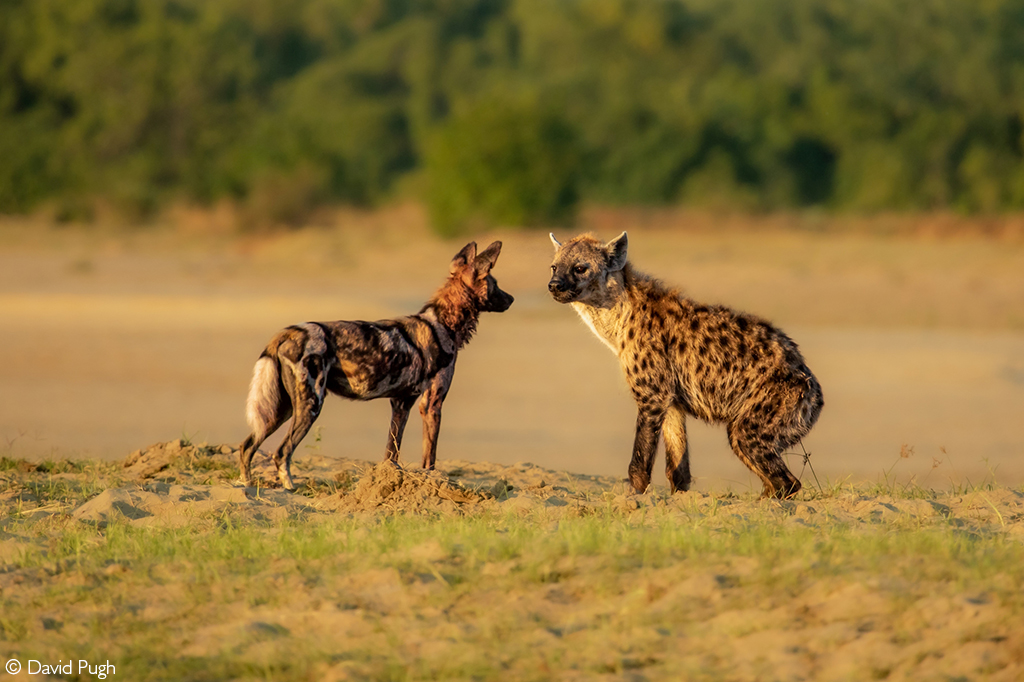
Furthermore, lions will easily kill wild dogs. In many savannah ecosystems, wild dogs are absent despite the abundance of prey, as lions and hyenas thrive in these ecosystems, pushing wild dogs out of the picture. However, wild dogs have previously persisted by finding prey while avoiding their dominant competitors and are, therefore, still present in several significant populations across the continent.
However, a new study conducted by the Zambian Carnivore Programme shows that the landscape is drastically changing for African wild dogs. Prey depletion is forcing these painted predators into marathon hunts, burning energy they can’t afford to lose. The problem isn’t just competition anymore; it’s survival against a shrinking menu.
The study highlights that the primary concern for wild dogs is not just competition with other dominant predators: the modern world presents a new set of challenges for these painted wolves. Large herbivores are declining across Africa due to bush-meat poaching, and this prey depletion has fundamentally shifted the problems that African wild dogs must overcome to persist. The ability to bring down prey up to eight times their weight means nothing when prey is no longer available to hunt.
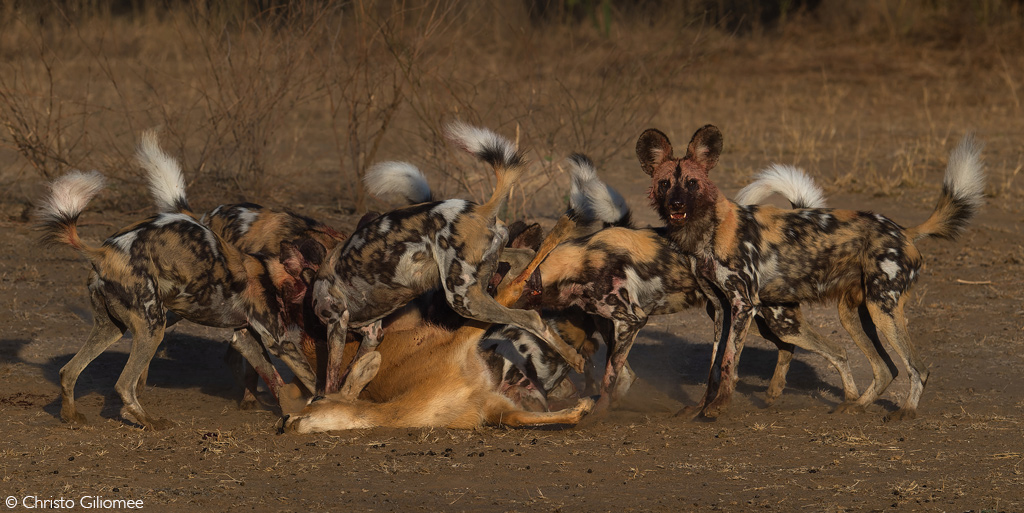
The study compared wild dog packs in two distinct Zambian ecosystems – one in the well-protected South Luangwa National Park, where prey remains abundant, and another in the Greater Kafue Ecosystem, where decades of bush-meat poaching have significantly reduced prey populations.
The results painted a stark picture. When wild dogs hunt in prey-depleted areas, the energetic costs of hunting increase, and the benefits decrease. When prey was scarce, wild dogs were forced to travel much greater distances daily, expelling more energy while capturing smaller meals. This change in the “energy landscape” sheds light on why declining prey populations reduce survival and reproduction rates for wild dogs.
Researchers found that one Kafue pack, consisting of only four members, had to leave their pups unattended in the den (something not usually done) as they needed every pack member present to hunt successfully. On one occasion, after travelling over 6km in search of prey, the pack found very few hunting opportunities. A diminutive duiker was all they could obtain – hardly enough meat to satisfy the pack and the pups in the den. Despite facing fewer lions and hyenas, the lack of food means this pack has a lower survival rate and produces fewer offspring.
The situation was considerably different for the South Luangwa pack, where prey was abundant. The alpha female and her 10 pups stayed in the den while 14 fellow pack members went out to hunt. They killed two impalas, returning satisfied and regurgitating several kilograms of fresh meat to feed the female and her pups. Unlike the Kafue pack, this pack only had to trot a short 2km back to the den.
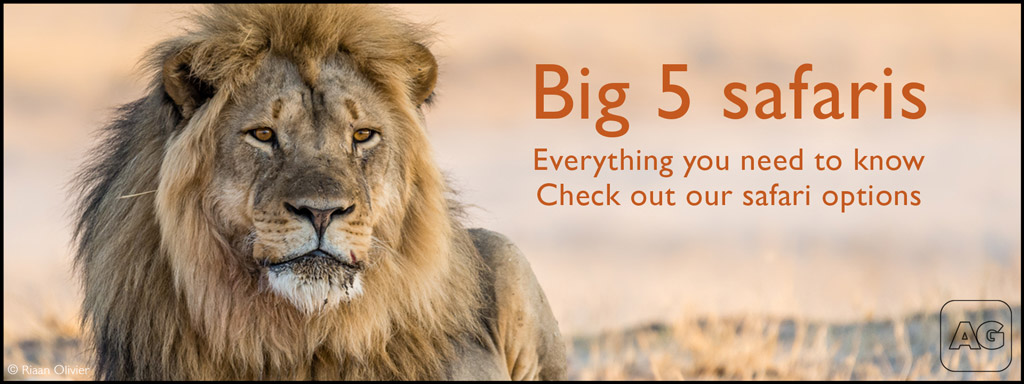
To conduct the study, the researchers equipped 16 packs of wild dogs in the two ecosystems with lightweight accelerometers attached to their radio collars. Some packs had more prey opportunities than others with lower food availability. The researchers aimed to examine how their actions affected their energetic costs and benefits by tracking the distances they covered, their speed, and how often they made kills. For wild dogs, energy translates into survival and reproduction.
The results gained from the 16 packs studied were precise. In the Greater Kafue Ecosystem, where prey is scarce, the majority of wild dog packs had to travel significantly further each day, expending far more energy in their hunts. Despite this increased effort, they secured smaller meals. The energetic cost of hunting has become unsustainable, impacting survival and reproduction rates.
In contrast, wild dog packs in the well-protected South Luangwa National Park, with abundant prey, exhibited much lower energetic costs and tremendous hunting success. This directly translates to higher survival and reproductive rates.
The study highlights the critical link between prey depletion and wild dog survival, highlighting the urgent need for effective conservation strategies.
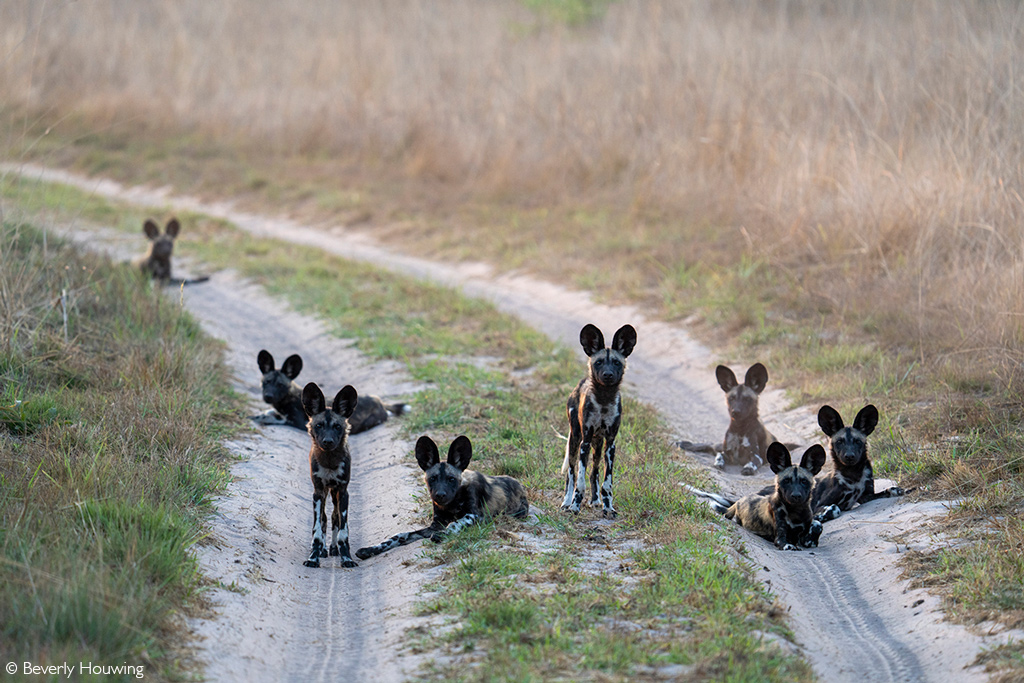
Recent efforts to control poaching in the Kafue ecosystem have slowly started to have an impact.
To undo the damage of the past, a new multifaceted approach, combining law enforcement with community-based initiatives that provide alternative livelihoods and incentives for conservation, might be the answer. The researchers suggest that focusing on restoring prey populations by controlling illegal bush-meat poaching will help improve prospects for packs facing the altered energy landscape. They suggest this can be achieved through a combination of law enforcement and programs to provide incentives and alternatives.
Improved conservation efforts in Kafue National Park may already be bettering the situation.

In 2022, the Government of Zambia entered into a 20-year-agreement with non-profit organisation African Parks to secure the protection and effective management of Kafue and help overcome a number of the significant challenges facing the park. Since then, poaching and deforestation have been on the decline, wildlife monitoring is back in place, and plans are afoot to bring in wildebeest, zebra and buffalo to restore their numbers. In addition, hundreds of jobs have been created, the park’s rangers and law enforcement teams have been retrained, and community education programmes have been implemented.
Improving conservation efforts in Kafue could provide benefits all around: increased wild dog populations, a recovery in prey numbers, and a boost to lion and hyena numbers.
 Want to see wild dogs on an African safari? Check out this unique safari focused on finding wild dogs. We also have other ready-made safaris to choose from, or let us build one just for you.
Want to see wild dogs on an African safari? Check out this unique safari focused on finding wild dogs. We also have other ready-made safaris to choose from, or let us build one just for you.
Reference
Creel et al., 2025. Prey depletion, interspecific competition and the energetics of hunting in endangered African wild dogs, Lycaon pictus. Proceedings of the National Academy Sciences
Further reading
Looking for the best place to see African painted wolves? We bring you six of our favourite spots to scout for wild dogs
Tsavo’s African wild dogs face major threats. Tsavo Trust & Painted Wolf Foundation are working to save these painted dogs. Here’s how
Could we double African wild dog (painted wolf) numbers by 2050? With funding, collaboration and recovered territory, it’s possible
Rebranding wild dogs (Lycaon pictus) – new research suggests that “painted dog” triggers the most positive reaction from humans
To comment on this story: Login (or sign up) to our app here - it's a troll-free safe place 🙂.![]()




